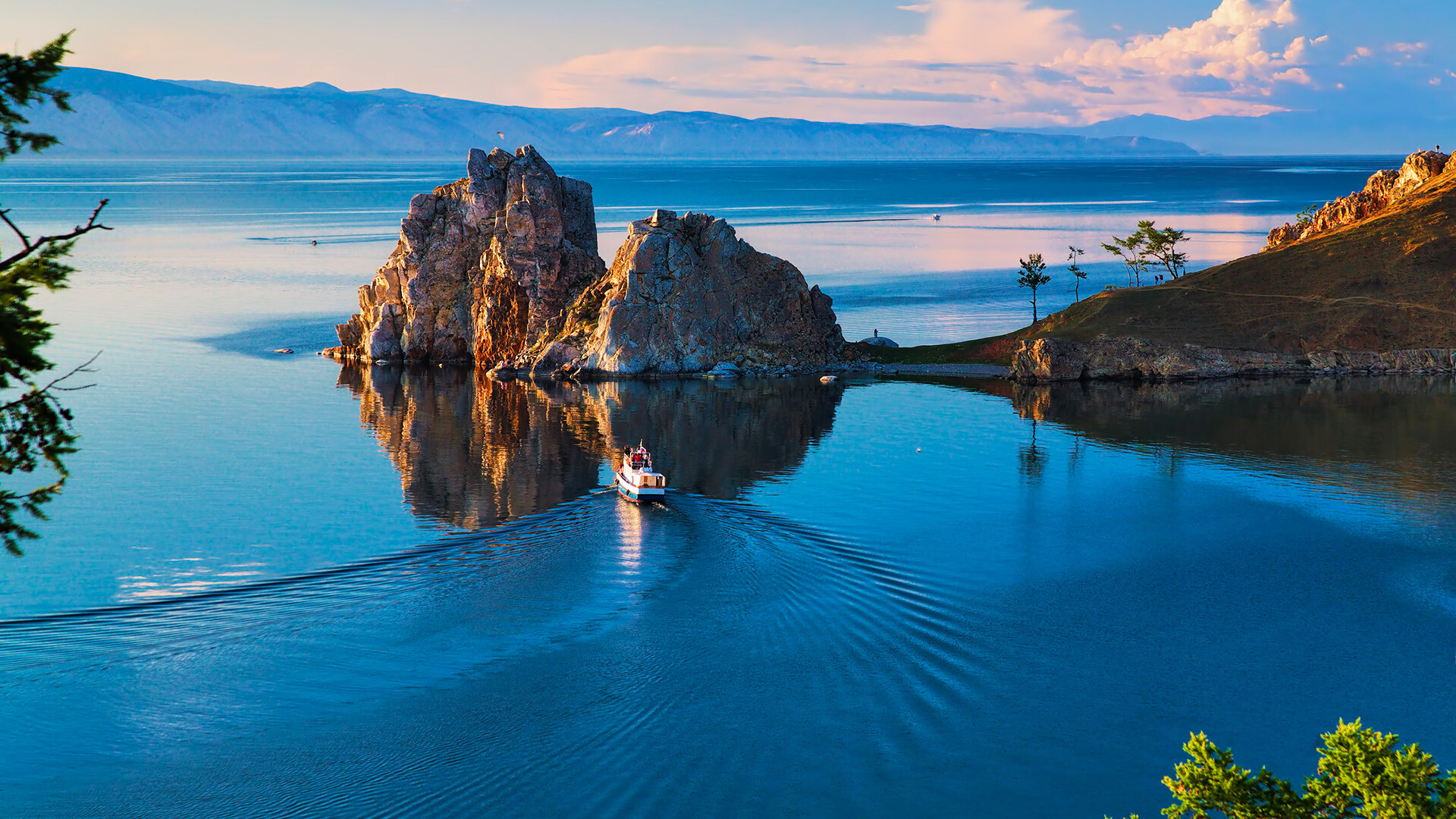
Burhan Cape and Shaman Rock of Olkhon Island on Baikal Lake.
klug-photo/Getty ImagesRussia has 2 million lakes, the majority of which are located in Siberia and in the north of the European part of the country. Which of them are the largest by area?

Although the Caspian Sea is called a sea, in reality, it’s an enclosed body of water, just a very big one, the size of Germany! Scientists believe that, thousands of years ago, the Caspian Sea and the Black Sea were a single body of water. The water in the Caspian Sea is, indeed, salty and its floor has an oceanic origin. Nonetheless, it only has river fish living in it and the majority of its water comes from the Volga River. Meanwhile, there are many oil and gas deposits in it that are being developed. By the way, the majority of black caviar is harvested from the Caspian Sea, which is home to the Beluga, Ossetra and Sevruga sturgeon.
In total, five countries border the Caspian Sea: Russia, Azerbaijan, Iran, Kazakhstan and Turkmenistan.

This is officially the deepest lake in the world – its depth reaches 1.6 kilometers! Lake Baikal in Siberia is one of the most famous natural wonders of the world. It has a fifth of all the freshwater supply on the planet; it’s also populated by hundreds of plants and animals that you won’t find anywhere else. For example, the Baikal seal (the only freshwater seal in the world) and the Baikal sturgeon.
The southern part of Lake Baikal also has a very picturesque railroad.

Lake Ladoga is officially the largest lake in Europe. Its shores host the cities of Karelia and Leningrad Region that includes the towns Sortavala, Priozersk and Shlisselburg. The famous Valaam Monastery, meanwhile, is located on Valaam, the largest island in Lake Ladoga. The Neva River is the only river to flow from Lake Ladoga.
‘Ladoga Skerries National Park’ occupies a part of the lake – those are hundreds of islands, canals and bays, lost in thick Karelian forests. This is one of the most beloved places for fishing and kayaking for tourists and locals.
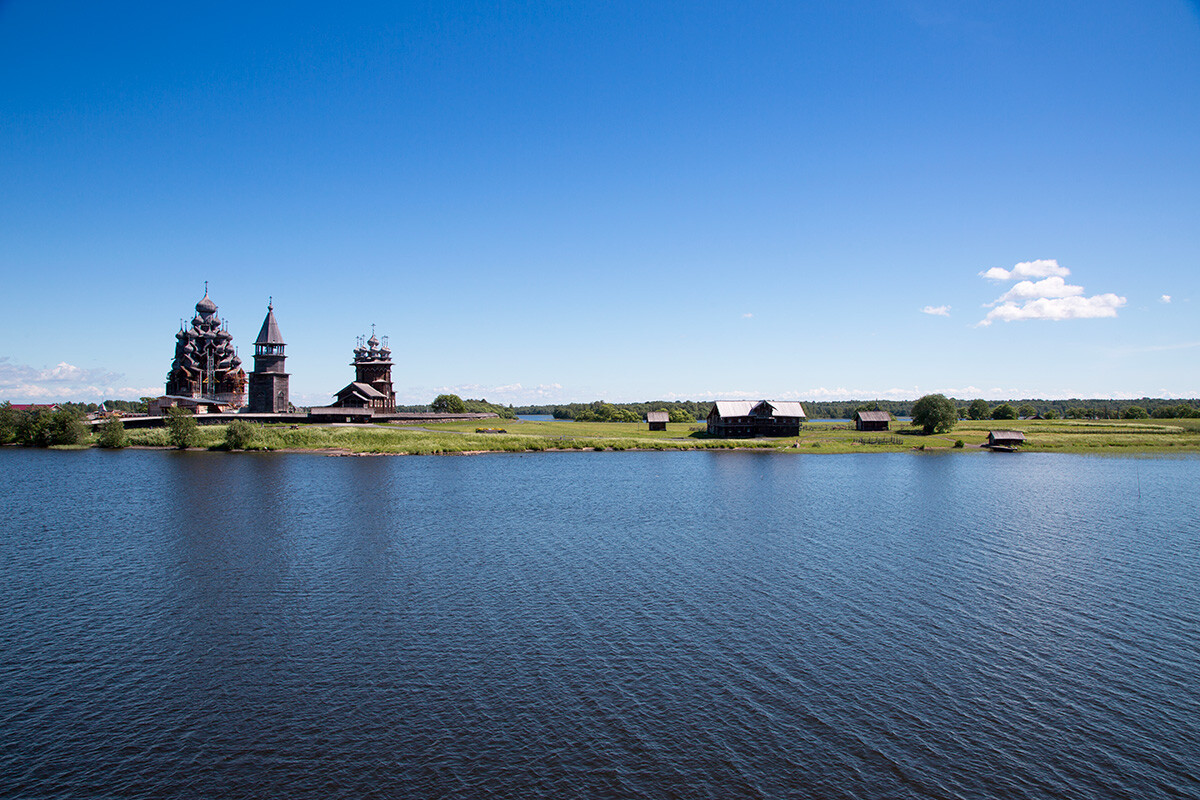
This is another Karelian lake and it’s also considered one of the largest in the country. Petrozavodsk, the capital of Karelia, stands on the shores of the lake – as well as industrial cities Kondopoga and Medvezhyegorsk. It hosts more than 1,500 islands, the most famous of which is Kizhi, an open-air museum of wooden architecture.
Lake Onega is connected with the White Sea through the White Sea–Baltic Canal.
Since 1972, the lake has hosted the largest sailing championship in the country, the Onega sailing regatta.
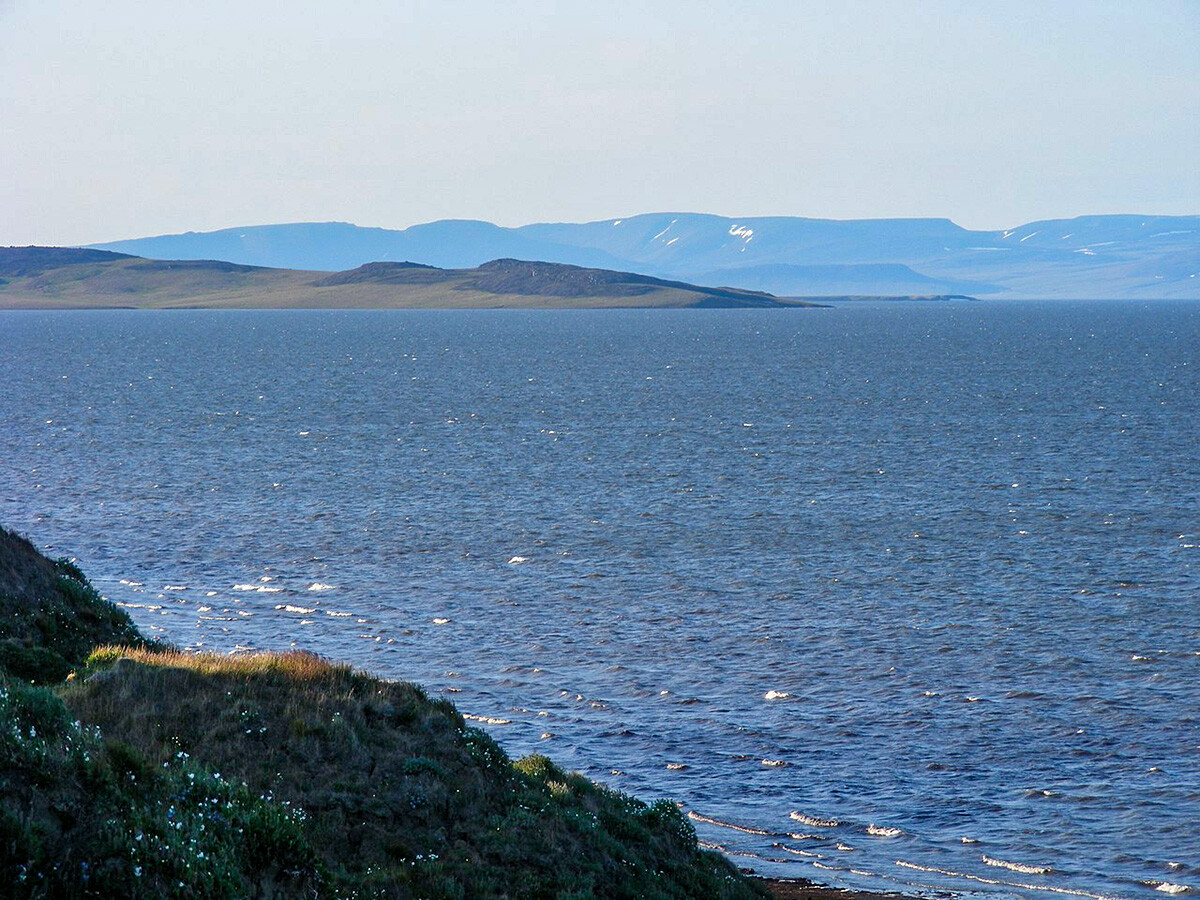
The Taymyr Peninsula in the north of Krasnoyarsk Territory is one of the most hard-to-reach places of the country, with only a handful of settlements that are separated by hundreds of kilometers of uninhabited tundra. In one of such remote places, near the Byrranga Mountains, the colossal Arctic Lake Taymyr is located.
Its waters are not just cold: from September to July, it’s just pure ice – the lake freezes from surface to floor. Only 73 days of the year is Lake Taymyr free from ice. And there’s life in it! Arctic fishes like muksun, char and whitefish live in it.
The Taymyr Peninsula is the land of lakes and mountains without peaks. We managed to visit the most beautiful and mysterious lake of Taymyr in Summer 2023.

Lake Khanka in Primorye, on the border with China, is one of the rare places where you can spot the Amur leopard cat. Aside from that, Lake Khanka is a very popular place for the inhabitants of the Far East for relaxing, fishing and for watching rare and beautiful birds.
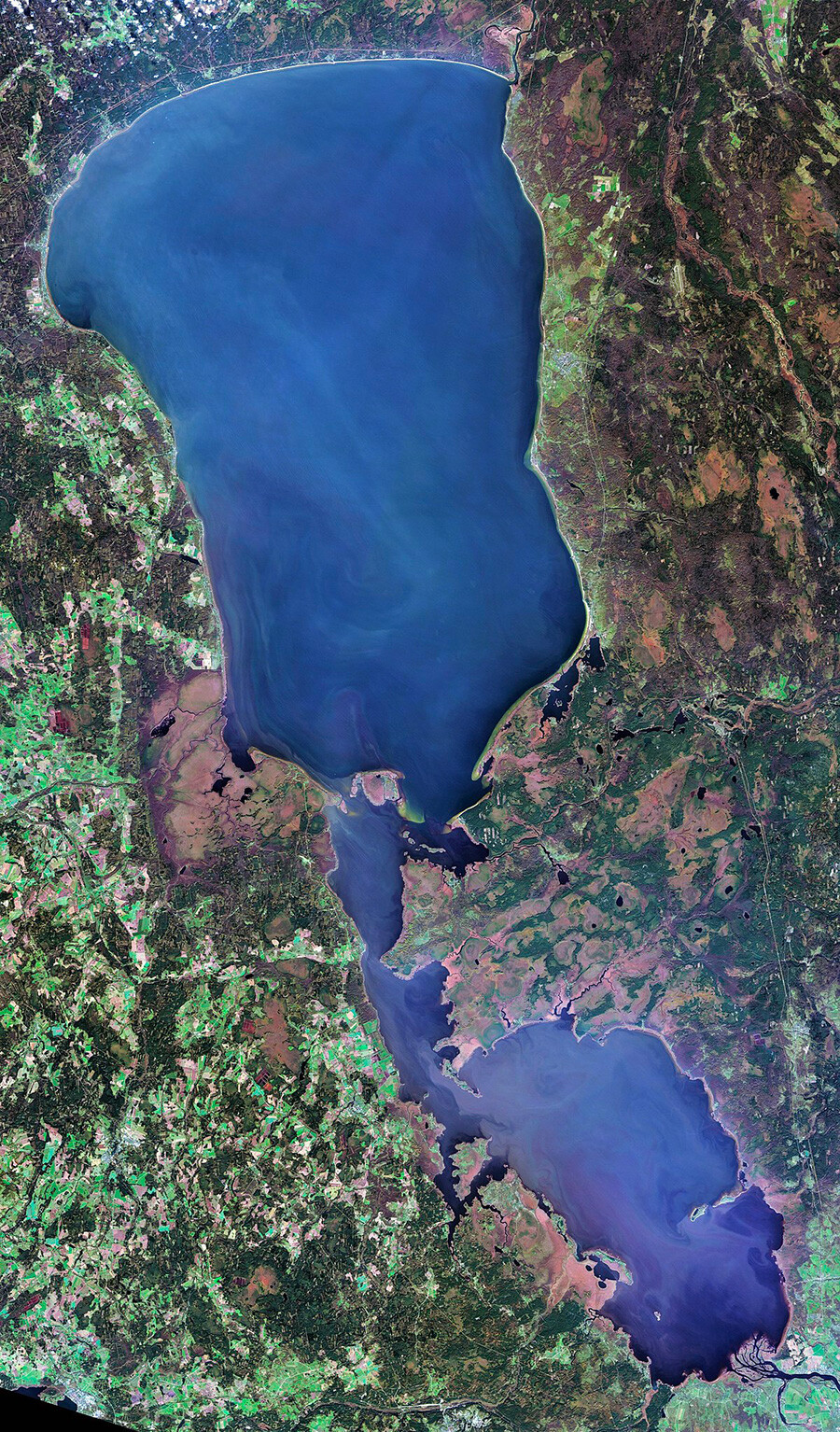
This is not a single lake, but a whole lake complex! Sometimes, it’s called the Pskov Sea for its size. A part of the lake lies in Estonia and the other part – in Russia.
It’s also known as a historical place: In 1242, a battle between the Russian armies of Alexander Nevsky and the Teutonic Order knights took place on the ice of Chudskoye Lake – the ‘Battle on the Ice’.

Uvs Lake is located on the border between Mongolia and Russia, in the Republic of Tyva, in the south of Siberia. The basin of this lake is included in the UNESCO World Heritage list. A multitude of cultural monuments of ancient peoples was found in these lands: petroglyphs, runic inscriptions, mounds. That being said, today almost nobody lives here.
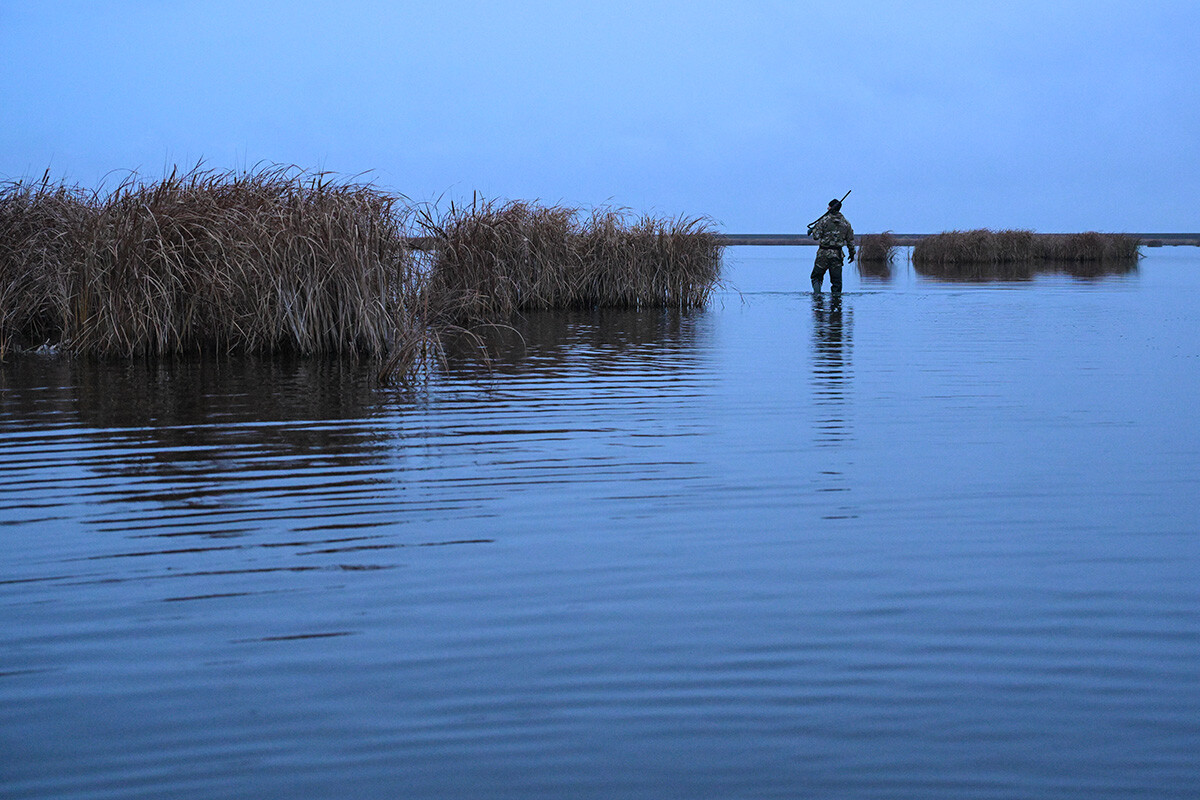
The largest lake in Western Siberia is Lake Chany, located in Novosibirsk Region. It has approximately 70 islands with unique landscapes where rare animals dwell. The locals speak of a legend about a giant monster that devours people if they fall into the water. However, the lake is quite shallow, with an average depth of just 2 meters.
Scientist Peter Simon Pallas described the lake for the first time during his expedition across Siberia in 1786 (the same scientist after which the Pallas’s cat is named, also known as manul)

The most beautiful lake of the Russian North is located in Vologda Region. People have continuously been dwelling on its shores since at least the 9th century, using it both as a water supply and for trade routes. It hosts the ancient settlements of Belozersk, Krokhino and many others. It was called ‘Beloye’ (meaning ‘white’ in Russian) for the white clay on its floor. Another interesting fact is that it’s almost perfectly round.
Dear readers,
Our website and social media accounts are under threat of being restricted or banned, due to the current circumstances. So, to keep up with our latest content, simply do the following:
If using any of Russia Beyond's content, partly or in full, always provide an active hyperlink to the original material.
Subscribe
to our newsletter!
Get the week's best stories straight to your inbox